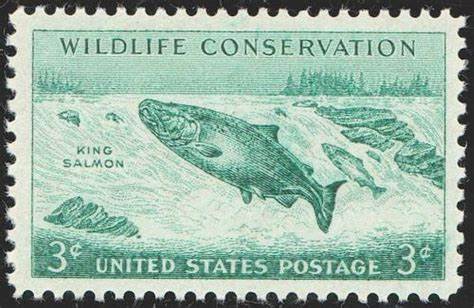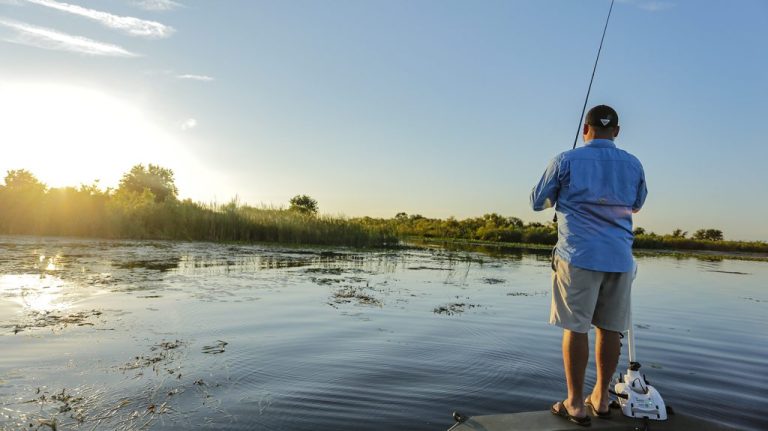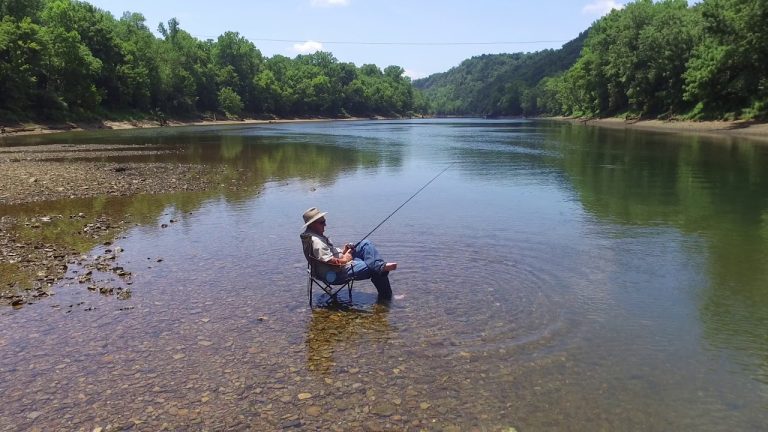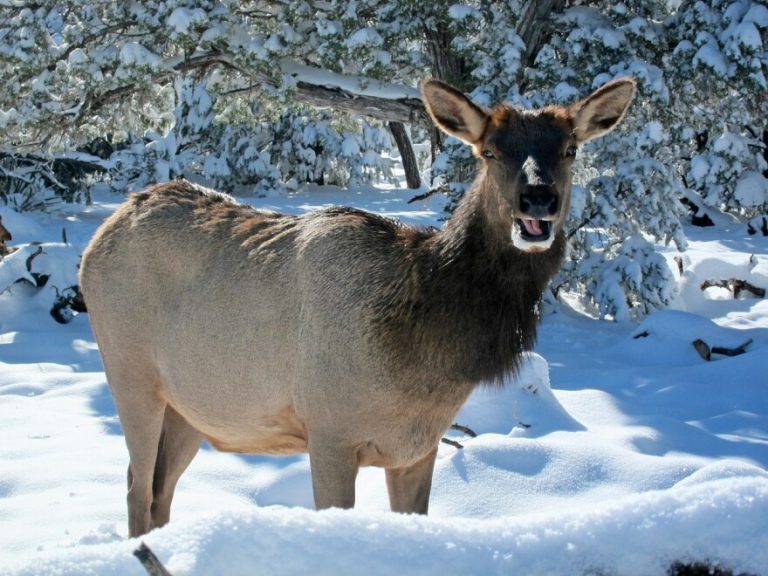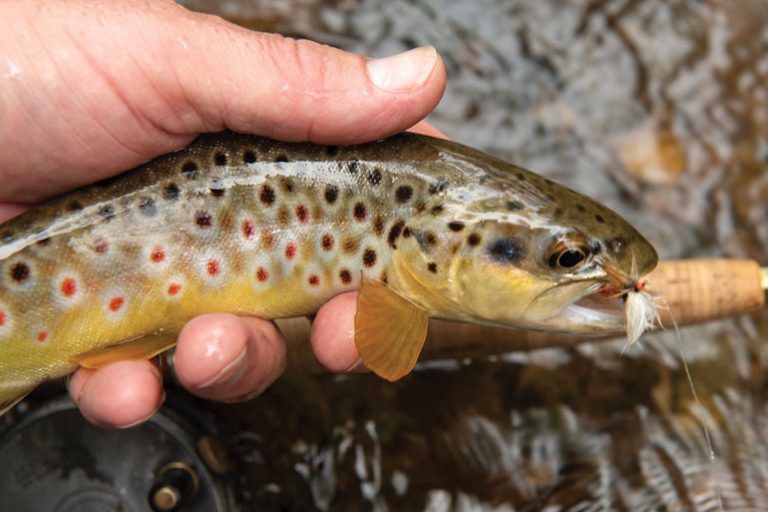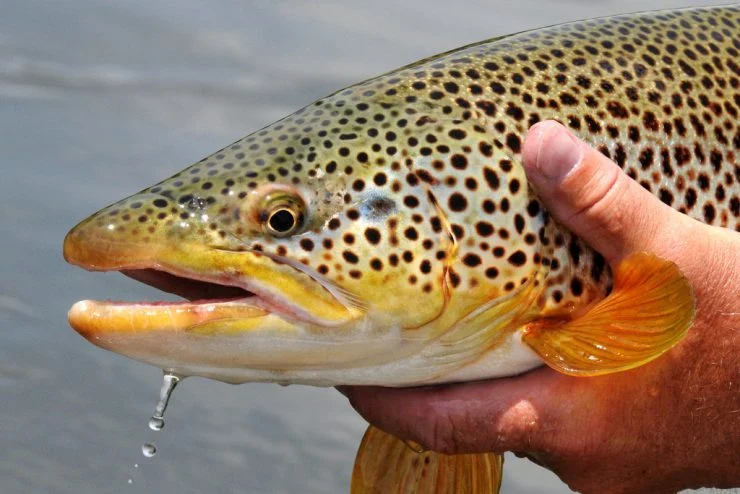Alaska’s premier sportfishing experience often centers around the mighty king salmon, but before you can target these prized fish, you need to understand the regulatory requirements—particularly the King Salmon Stamp. This comprehensive guide covers everything you need to know about this critical permit for your Alaskan fishing adventure.
What is an Alaska King Salmon Stamp?
The Alaska King Salmon Stamp, also known as the Chinook Salmon Stamp, is a special permit required for anglers who wish to fish for king salmon in Alaska’s waters. This stamp is mandatory when targeting king salmon in both fresh and saltwater locations throughout the state (with the exception of stocked lakes). The primary purpose of this stamp is to support conservation efforts and maintain the sustainability of Alaska’s prized king salmon population.
Who Needs a King Salmon Stamp?
The following anglers must purchase a king salmon stamp before fishing for kings:
- Alaska residents 18 years and older
- Non-residents 16 years and older
- Anyone intending to fish for king salmon, including catch-and-release fishing
This requirement applies in addition to possessing a valid sport fishing license.
Who is Exempt from the King Salmon Stamp Requirement?
Several groups are exempt from purchasing a king salmon stamp:
- Alaska residents under 18 years old
- Non-residents under 16 years old
- Residents who possess an ADF&G Permanent Identification Card (residents age 60+ and disabled veterans)
- Holders of an Alaska sport fishing license for the blind and/or low-income
While these groups don’t need to purchase the stamp, they may still need to obtain a free Sport Fishing Harvest Record Card.
Types and Costs of King Salmon Stamps (2025)
Alaska offers several options for king salmon stamps to accommodate different fishing schedules:
| Stamp Type | Cost |
|---|---|
| Resident Annual King Salmon Stamp | $10 |
| Non-Resident 1-Day King Salmon Stamp | $15 |
| Non-Resident 3-Day King Salmon Stamp | $30 |
| Non-Resident 7-Day King Salmon Stamp | $45 |
| Non-Resident 14-Day King Salmon Stamp | $75 |
| Non-Resident Annual King Salmon Stamp | $100 |
| Non-resident Military King Salmon Stamp | $30 |
Annual stamps are valid for the entire calendar year from the date of purchase.
How to Purchase Your King Salmon Stamp
Obtaining your king salmon stamp is straightforward through these methods:
- Online: Visit the Alaska Department of Fish and Game (ADF&G) website to purchase and print your stamp immediately
- In-Person: Purchase at most sporting goods stores in Alaska or any ADF&G office
- Charter Services: Many fishing charters include the license and stamp costs in their package price
If you purchase a physical stamp, it must be signed in ink across the face of the stamp and affixed to your sport fishing license.
Harvest Record Cards: An Essential Companion
In addition to your king salmon stamp, a Sport Fishing Harvest Record Card is required when targeting species with annual limits, such as king salmon. This requirement applies to:
- Resident anglers under 18 years old
- Non-resident anglers under 16 years old
- Holders of ADF&G Permanent Identification Cards
These free cards are available online, at license vendors, and at ADF&G offices. You must carry your harvest record card while fishing and record your catch immediately in the field.
Current Regulations for King Salmon Fishing (2025)
For the 2025 season, several important regulations are in effect:
- Kenai River Closure: Both early and late-run king salmon fishing on the Kenai River is closed due to conservation efforts
- Cook Inlet Restrictions: King salmon fishing in Cook Inlet salt waters north of Bluff Point will be closed from May 1 through August 15, 2025
- Lower Cook Inlet: Bag and possession limits are restricted to one king salmon of any size from April 1 through August 31 in waters south of Bluff Point
- Size Limits: In Southeast Alaska, the minimum size for king salmon is 28 inches
- Annual Limits: The annual limits for king salmon vary by location and time period
Always check the most recent ADF&G regulations before your trip as rules can change based on conservation needs.
Fishing Techniques for King Salmon
When targeting king salmon in Alaska (where permitted), several techniques prove effective:
Back-Trolling: Using the boat’s movement to slowly present bait or lures to salmon holding in deep river channels.
Back-Bouncing: A hands-on technique where anglers bounce their bait along the river bottom.
Drift Rigs: Including Corky rigs and Spin-glow rigs on a snelled hook with a 2-3 foot mono leader.
Fly Fishing: Using bright, large flies, particularly effective during low tides.
Timing: Fish for kings within two hours of a tidal change for best results.
Setting the Hook Properly
A common mistake when fishing for king salmon is setting the hook too early. Experts advise:
- Wait until the fish turns away and pulls line consistently off the reel before raising the rod
- Keep your eye on the spool of the reel
- Never grab the rod or pull back until the fish is taking line consistently
Conservation Considerations
King salmon populations face challenges in many Alaskan waters, with conservation measures in place to protect these magnificent fish:
- The closure of the Kenai River king salmon fishery represents efforts to ensure population recovery
- No-bait, single-hook restrictions are implemented during key migration periods in some rivers
- While king salmon fishing may be restricted in some areas, healthy sockeye and silver salmon runs often remain open to harvest
Understanding and following these regulations helps ensure sustainable king salmon populations for future generations of anglers.
Fighting King Salmon Successfully
Once hooked, king salmon require proper fighting techniques:
- Fight them hard: These powerful fish need to be actively challenged during the fight
- Let them run: Don’t clamp down too hard during the first few runs to avoid breaking them off
- Keep changing angles: This helps maintain control and tire the fish more quickly
- Landing technique: Walk backward slowly with a tight line until the fish is in shallow water, or bring the fish into shallow water on a long line below you for netting
By obtaining the proper King Salmon Stamp, following current regulations, and practicing responsible angling techniques, you’ll be well-prepared for a memorable and compliant king salmon fishing experience in Alaska’s pristine waters.
Can I fish for king salmon without a stamp if I don’t plan to keep any fish?
No, a king salmon stamp is required for all anglers fishing for king salmon, regardless of whether they plan to keep or release their catch.
Do I need a separate king salmon stamp for each day of fishing?
It depends on the type of stamp you purchase. A 1-day stamp is valid for a single day of fishing, while annual stamps cover the entire calendar year.
Can I purchase a king salmon stamp at the fishing location?
While some remote locations may not have stamp vendors, most popular fishing areas in Alaska will have sporting goods stores or ADF&G offices where you can purchase a stamp.
What happens if I catch a king salmon without a stamp?
Fishing for king salmon without a valid stamp is a violation of Alaska’s fishing regulations and can result in fines and other penalties.
Are there any special regulations for guided king salmon fishing trips?
Yes, there may be additional regulations for guided trips, such as lower bag limits or specific areas where guided fishing is allowed. Be sure to check with your guide or the ADF&G for details.



